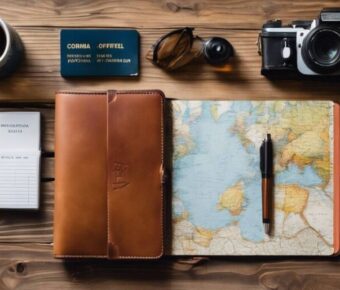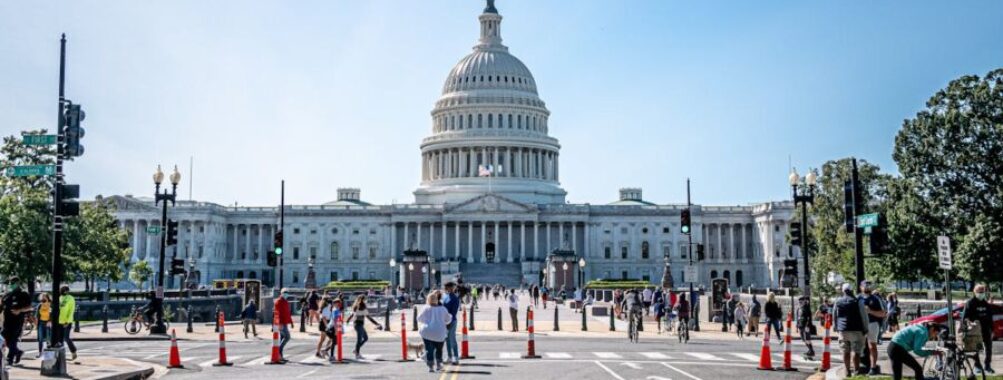
Is Washington DC Safe? 5 Surprising Facts Tourists Need to Know in 2025
Washington DC, the heart of American politics and history, draws millions of visitors each year. But is it safe? Most crime in the city happens in areas that tourists rarely visit. Still, it’s smart to stay alert.
Like any big city, DC has its rough spots. But the places tourists go are usually well-protected. The National Mall, museums, and famous landmarks have lots of security. Pickpockets can be a problem in busy areas and on the Metro, so keep an eye on your stuff.
Most people have a great time in DC without any trouble. Using common sense goes a long way. Stick to well-lit areas at night, be aware of your surroundings, and don’t flash valuables. With these simple tips, you can focus on enjoying all the amazing things the capital has to offer.
Contents
- Overview of Safety in Washington DC
- Understanding Crime Rates and Statistics
- Violent Crime Trends
- Property Crime Over the Years
- Analyzing the Metropolitan Police Department’s Response
- Washington DC’s Neighborhoods and Safety
- Safest Neighborhoods to Visit
- Areas with Higher Crime Rates
- Emerging Neighborhoods and Safety Perceptions
- Public Transportation Safety
- Metro System Security Measures
- Safety Tips for Using Public Transport
- Rideshare Services and Passenger Safety
- Tourist Attractions and Public Safety
- Exploring Monuments and the National Mall
- Cultural Hotspots and Visitor Security
- Museum Safety at the Smithsonian
- Practical Safety Tips for Travelers
- Staying Safe in Public Spaces
- The Importance of Situational Awareness
- Dealing with Petty Crimes and Pickpocketing
- Emergency Services and Natural Disasters
- Contacting Law Enforcement
- Availability of Medical Facilities
- Understanding Natural Disaster Risks
- Frequently Asked Questions
- What are the safest neighborhoods in Washington DC for a worry-free stay?
- Can families enjoy a safe experience while living in or visiting Washington DC?
- What precautions should one take when exploring Washington DC during the nighttime?
- How has the safety landscape in Washington DC changed in recent years?
- What are some lesser-known safety tips for travelers venturing to Washington DC?
- What areas in Washington DC should be avoided for safety concerns?
- More Travel Guides
Overview of Safety in Washington DC
Washington DC has a mixed safety profile. Like many big cities, some areas are safer than others. The city’s crime rates vary a lot between neighborhoods.
Popular tourist spots tend to be quite safe. The National Mall, Georgetown, and Capitol Hill have strong police presence. Visitors can feel comfortable exploring these areas day and night.
But DC does face crime challenges in certain neighborhoods. Parts of Southeast and Northeast DC see higher crime rates. Tourists should be cautious in these areas, especially after dark.
DC’s Metro Police work hard to keep the city safe. They patrol heavily trafficked areas and respond quickly to incidents. Still, visitors should stay alert and use common sense.
Some safety tips for DC:
• Be aware of your surroundings
• Keep valuables out of sight
• Use ride-shares or taxis at night
• Stick to well-lit, busy areas
Understanding Crime Rates and Statistics
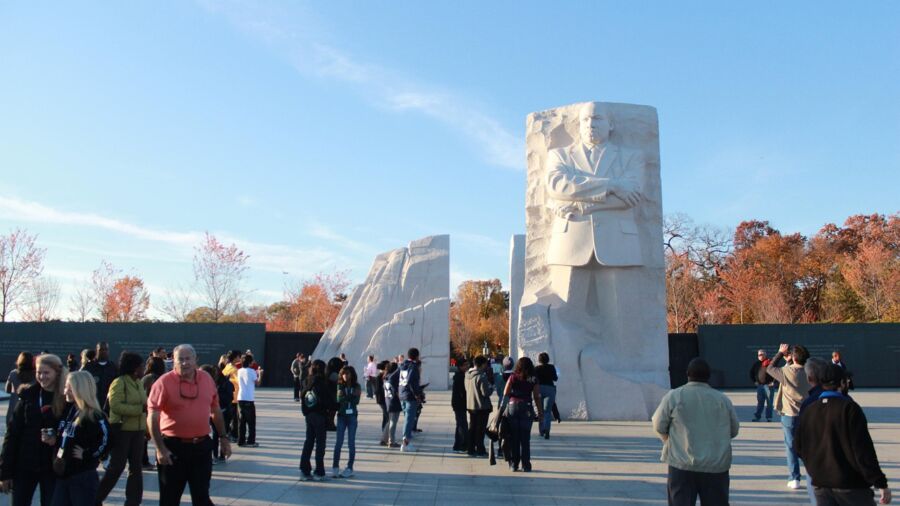
Crime rates and statistics in Washington DC paint a complex picture of public safety. The city has seen shifts in both violent and property crime trends over the years. Let’s take a closer look at the numbers and how law enforcement has responded.
Violent Crime Trends
DC’s violent crime rate has fluctuated in recent years. In 2021, the chance of being a victim of violent crime was about 1 in 134. That’s better than some big cities, but still higher than the national average.
Murders and assaults tend to get the most attention. But robberies make up a big chunk of violent crimes in DC too. The good news? Violent crime has generally gone down since the 1990s.
Some neighborhoods see more violent crime than others. Areas like Anacostia and parts of Northeast DC face higher rates. Meanwhile, places like Georgetown and upper Northwest tend to be safer.
Property Crime Over the Years
Property crime is more common than violent crime in DC. The odds of being a property crime victim were about 1 in 29 in 2021. That includes things like burglary, theft, and car break-ins.
Bike thefts and package stealing are big problems in some areas. Tourists and newcomers can be easy targets if they’re not careful. But locals fall victim to property crime too.
The city has tried different tactics to fight property crime. More security cameras and bait cars to catch thieves are two examples. Still, it remains a persistent issue in many neighborhoods.
Analyzing the Metropolitan Police Department’s Response
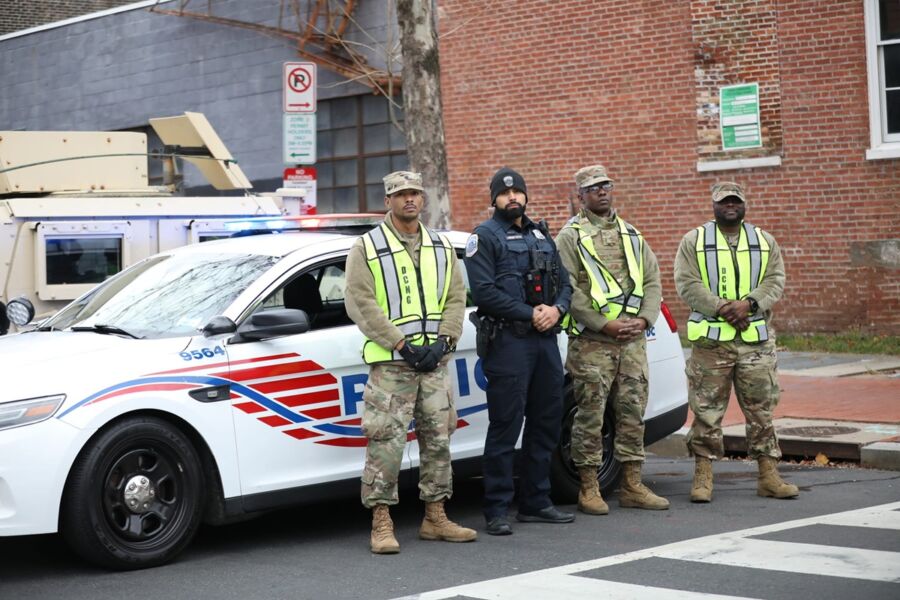
The Metropolitan Police Department (MPD) is DC’s main crime-fighting force. They’ve had some wins and losses in recent years.
MPD has put more officers on foot and bike patrols in high-crime areas. They’ve also started using data to predict where crimes might happen. Community policing efforts aim to build trust with residents.
But the department faces challenges too. Staffing shortages make it hard to respond quickly to all calls. And some residents don’t trust the police, making it tough to solve crimes.
MPD publishes crime stats regularly. This helps people stay informed about what’s happening in their neighborhoods. But some critics say the numbers don’t tell the whole story of safety in DC.
Washington DC’s Neighborhoods and Safety
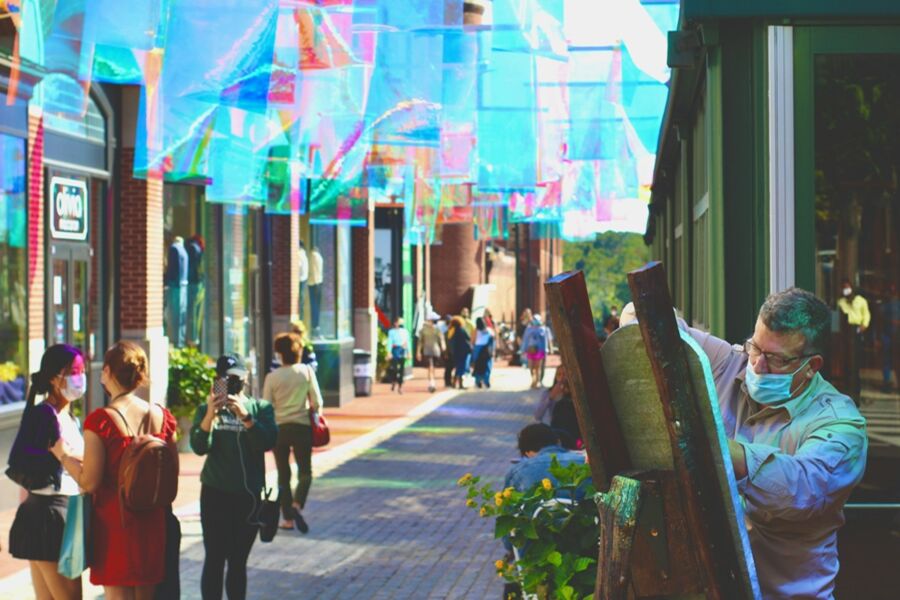
DC’s neighborhoods vary widely in terms of safety and character. Some areas boast low crime rates and charming attractions, while others face more challenges. Let’s explore the city’s diverse neighborhoods and their safety profiles.
Safest Neighborhoods to Visit
Georgetown stands out as one of DC’s safest and most picturesque areas. This historic neighborhood charms visitors with its cobblestone streets, upscale shops, and waterfront parks. Families and tourists often feel at ease strolling around day and night.
Dupont Circle is another top pick for safety-conscious travelers. It’s known for its bustling nightlife, art galleries, and embassies. The area has a lively vibe but maintains a good safety record.
Capitol Hill, home to the U.S. Capitol and Supreme Court, is generally safe and popular with visitors. Its tree-lined streets and historic rowhouses make for pleasant walks.
Areas with Higher Crime Rates
Anacostia, located east of the Anacostia River, has struggled with higher crime rates. While efforts are underway to improve the area, visitors should stay alert, especially after dark.
Brentwood, in the northeast, faces similar challenges. It’s not typically on tourist itineraries, but those venturing there should take extra precautions.
Deanwood, also in the northeast, has seen its share of crime issues. It’s best to avoid unfamiliar areas here, particularly at night.
Emerging Neighborhoods and Safety Perceptions
Adams Morgan is a vibrant area known for its diverse restaurants and nightlife. While generally safe, it can get rowdy on weekends. Visitors should stay aware of their surroundings, especially late at night.
Logan Circle has seen significant improvements in recent years. It’s become a trendy spot with hip bars and restaurants. Safety has increased, but it’s still smart to stay vigilant.
These up-and-coming neighborhoods offer unique experiences but may have pockets where extra caution is needed. As with any urban area, it’s wise to research specific blocks and stay alert.
Public Transportation Safety
Washington DC’s public transit system is generally safe, but taking some precautions can make your travels even more secure. Let’s look at how to stay safe on the Metro, buses, and rideshares in the nation’s capital.
Metro System Security Measures
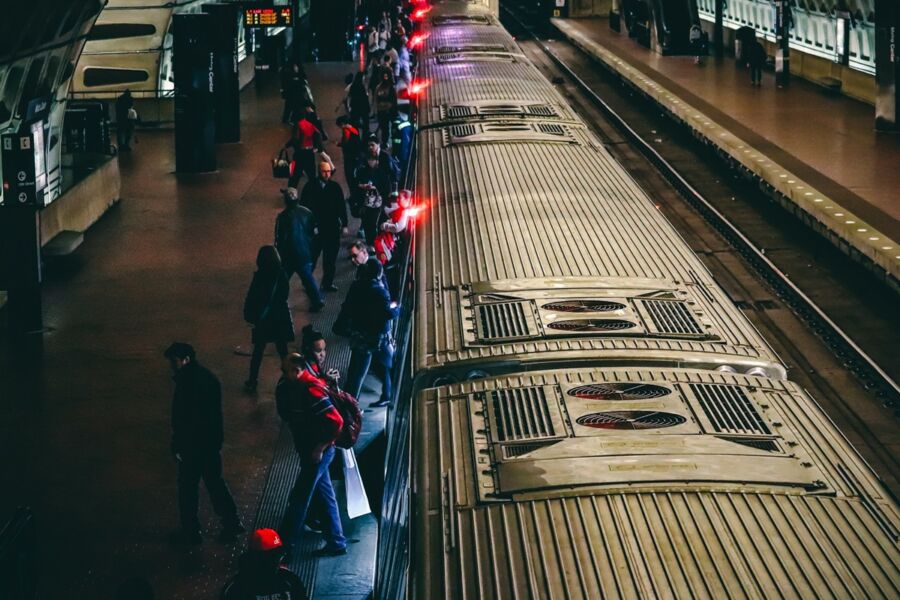
The Metro system in DC has several safety features in place. Transit police patrol stations and trains regularly. Security cameras are everywhere, watching for any suspicious activity. Emergency intercoms on platforms and in train cars let you call for help if needed.
The Metro is well-lit, which helps deter crime. Stations have clear sightlines so you can easily see your surroundings. During busy times, there’s safety in numbers with lots of other riders around.
At night, trains run less often. It’s smart to check schedules and wait in well-lit areas near the station manager’s booth. Trust your gut – if something feels off, move to a different car or exit the station.
Safety Tips for Using Public Transport
Stay alert when riding buses and trains in DC. Keep your belongings close and be aware of who’s around you. Avoid flashing expensive items or cash.
Stick to busier areas, especially at night. There’s less risk when more people are around. If possible, travel with a buddy after dark.
Know your route before you go. This helps you look confident and avoid appearing lost or confused. Have your fare ready so you’re not fumbling with your wallet.
Don’t hesitate to report anything suspicious to Metro staff or police. They’re there to help keep riders safe.
Buses are generally safe too. Sit near the driver if you’re concerned. Most have security cameras on board.
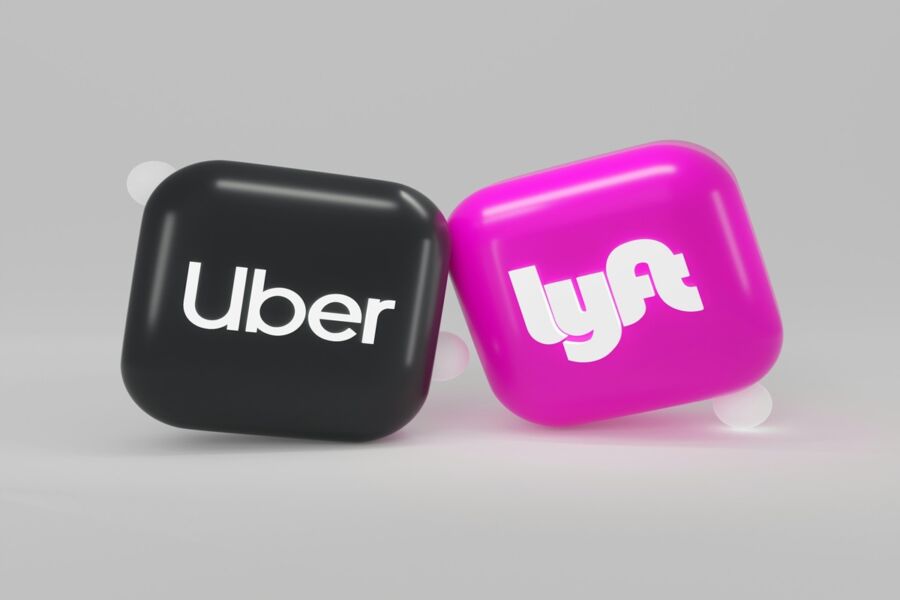
Rideshare apps like Uber and Lyft are popular in DC. They can be a safe option, but take some steps to protect yourself.
Always check that the car and driver match what’s shown in the app. Ask the driver who they’re picking up before getting in. Share your trip details with a friend so someone knows where you are.
Sit in the back seat when possible. This gives you more space and exit options. Trust your instincts – if something feels off, don’t get in the car.
Use the app’s safety features. Many let you share your live location or call for help right from the app.
Remember, most rides are totally safe. But staying alert and using common sense goes a long way in any big city.
Tourist Attractions and Public Safety
Washington DC’s famous landmarks draw millions of visitors yearly. While enjoying the sights, tourists should stay aware of their surroundings and take basic safety precautions.
Exploring Monuments and the National Mall
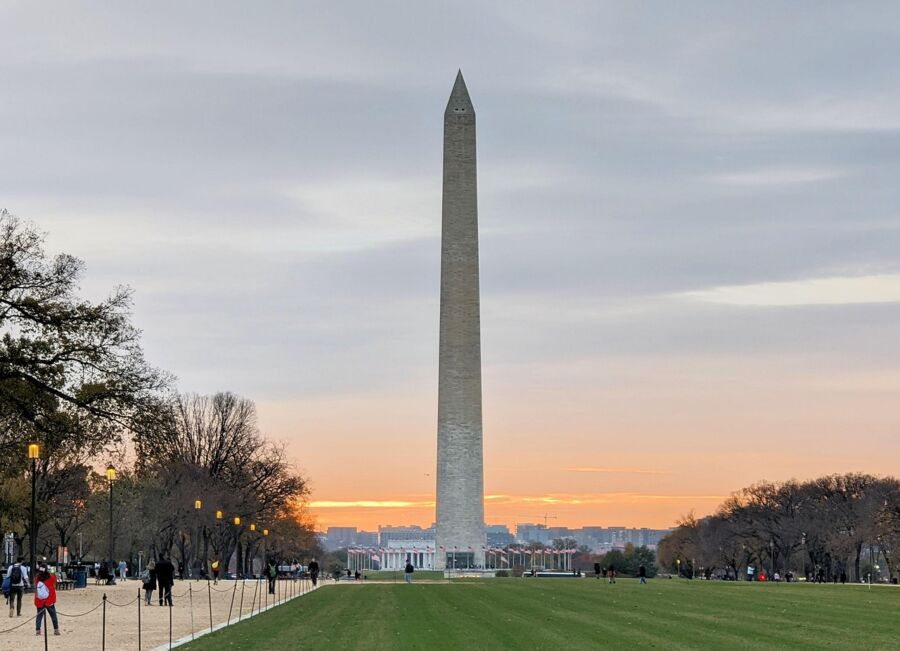
The National Mall is home to iconic monuments like the Lincoln Memorial and Washington Monument. It’s generally safe during the day, with lots of visitors and park police around. At night, stick to well-lit areas and travel in groups. Keep an eye on your belongings, as pickpockets sometimes target distracted tourists.
The White House area has extra security. You can’t get too close, but the view from Lafayette Square is great. In spring, the nearby Tidal Basin bursts with cherry blossoms. It gets super crowded then, so watch your stuff and keep kids close.
Cultural Hotspots and Visitor Security

DC’s got tons of cool neighborhoods to check out. Georgetown’s cobblestone streets are fun to wander, but watch your step – those old sidewalks can be uneven! Adams Morgan has awesome nightlife, but it can get rowdy late. Stick to main streets and use ride-shares after dark.
Capitol Hill is pretty safe, with lots of residents and workers around. But like anywhere, be smart – don’t flash expensive stuff or wander down empty alleys. Chinatown’s a blast, especially at night with all the lights. Just keep an eye out in busy areas – pickpockets like crowds.
Museum Safety at the Smithsonian
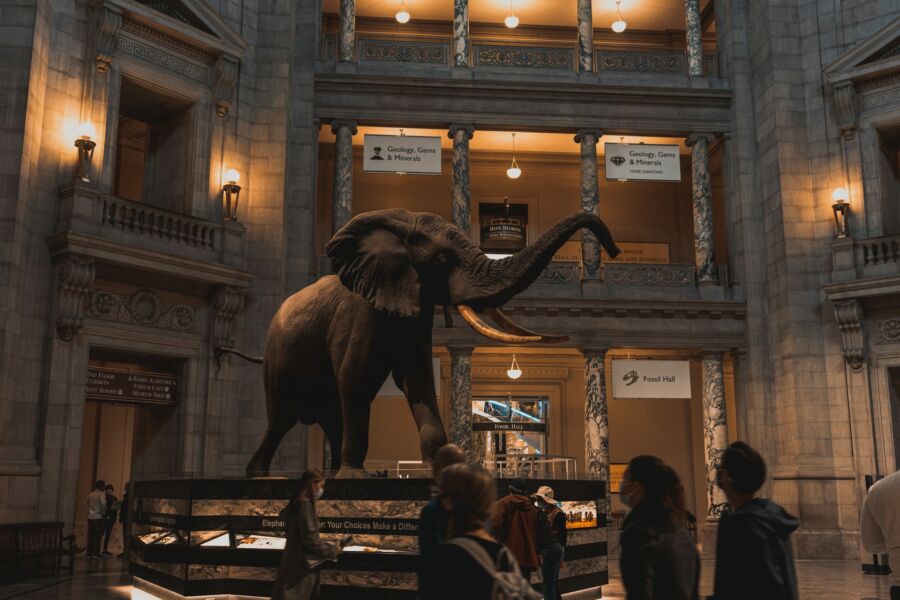
The Smithsonian museums are super safe. They’ve got security guards and metal detectors at the entrances. Once inside, relax and enjoy! Just don’t touch the exhibits – alarms will go off.
Big bags aren’t allowed in most museums. Use the free lockers to store your stuff. Keep valuables with you, though. The cafes can get packed at lunchtime. Find a seat before buying food so your hands are free to watch your belongings.
Kids love running around the museums. It’s fine, but set a meet-up spot in case you get separated. The info desks can help if someone gets lost.
Practical Safety Tips for Travelers
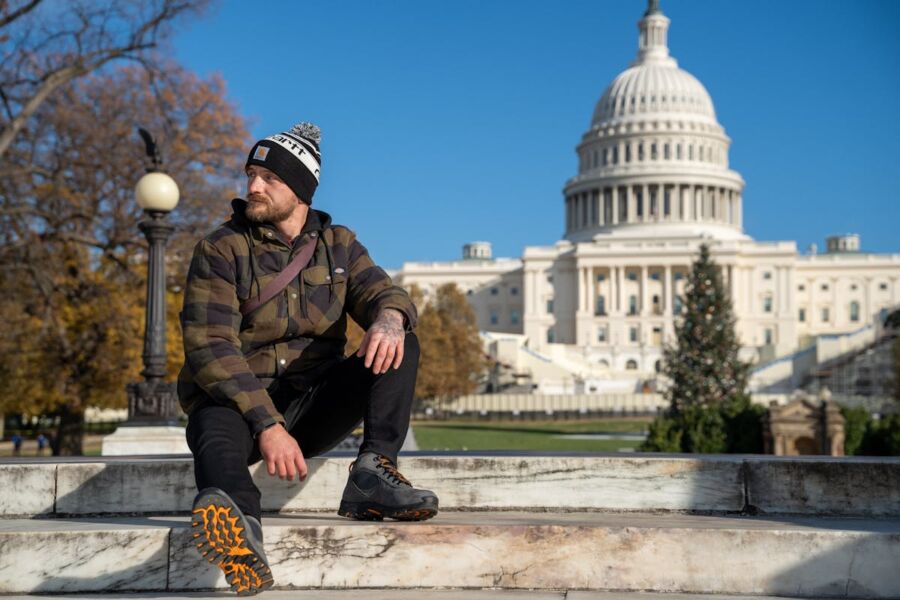
Staying safe while exploring Washington DC is easy with a few smart precautions. These tips will help you enjoy the city’s sights worry-free.
Staying Safe in Public Spaces
When out and about in DC, stick to well-lit, busy areas. The National Mall and popular neighborhoods like Georgetown are generally safe. Avoid walking alone late at night, especially in unfamiliar places.
Use official taxis or ride-sharing apps instead of unlicensed cabs. If taking the Metro, sit near the conductor’s car and be aware of your surroundings.
Keep valuables hidden and secure. Don’t flash expensive jewelry or electronics. A money belt worn under clothes is a good way to carry cash and cards.
The Importance of Situational Awareness
Pay attention to what’s happening around you. Put away distractions like phones when walking. Trust your gut – if a situation feels off, leave the area.
Be extra alert in crowded tourist spots where pickpockets may operate. Keep bags zipped and close to your body.
Learn the layout of your hotel and neighborhood. Know where to find help if needed. Having a plan builds confidence and helps you stay calm.
Dealing with Petty Crimes and Pickpocketing
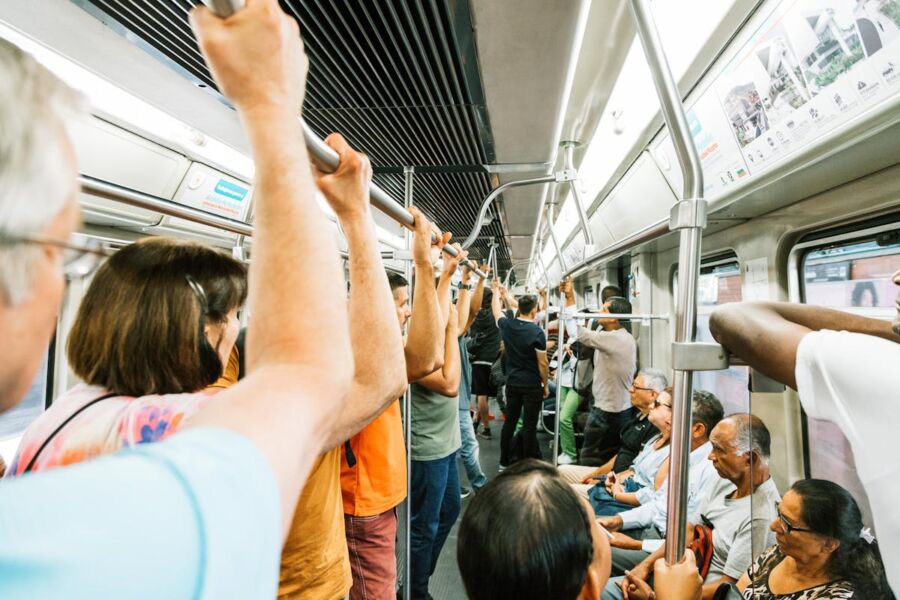
Pickpocketing can happen in busy areas. Use a cross-body bag and keep it in front of you. Spread valuables between different pockets.
If confronted by a thief, give up possessions without a fight. Safety is more important than stuff. Report any crimes to the police right away.
Consider travel insurance that covers theft. Make copies of important documents and keep them separate from originals.
Using ATMs inside banks is safer than street machines. Cover the keypad when entering your PIN.
Emergency Services and Natural Disasters
Washington DC takes emergency preparedness seriously. The city has systems in place to handle various crises and keep residents safe. Let’s look at some key aspects of emergency services and disaster risks in the nation’s capital.
Contacting Law Enforcement
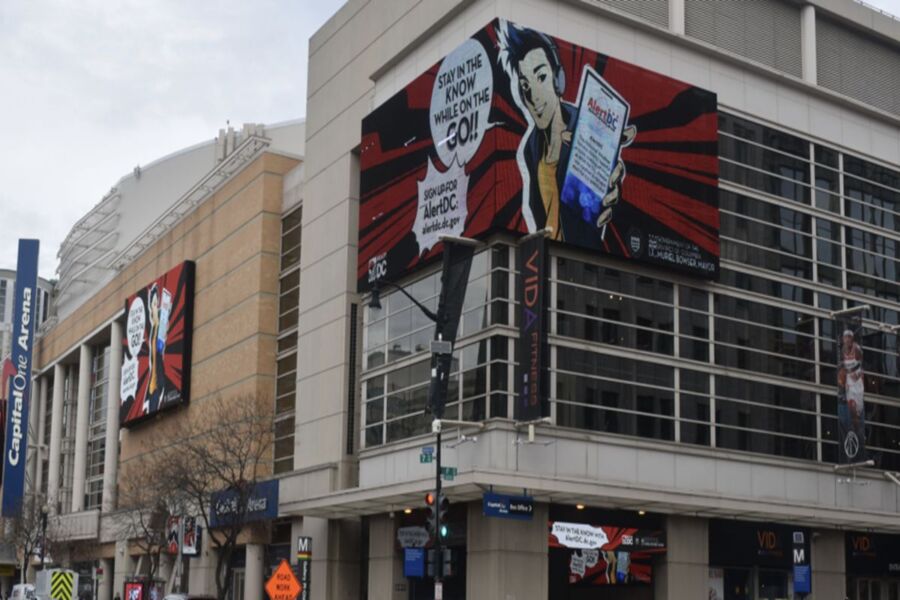
DC’s police force works hard to protect locals and visitors alike. If you need help, call 911 for emergencies. For non-urgent matters, dial 311 instead. The Metropolitan Police Department has stations across the city.
DC also uses AlertDC, a free system that sends emergency alerts to your phone or email. Sign up at alertdc.dc.gov to stay informed about weather warnings, traffic issues, and other important updates.
Remember, in crowded areas like the National Mall, you’ll often see police on patrol. Don’t hesitate to ask them for help if needed.
Availability of Medical Facilities
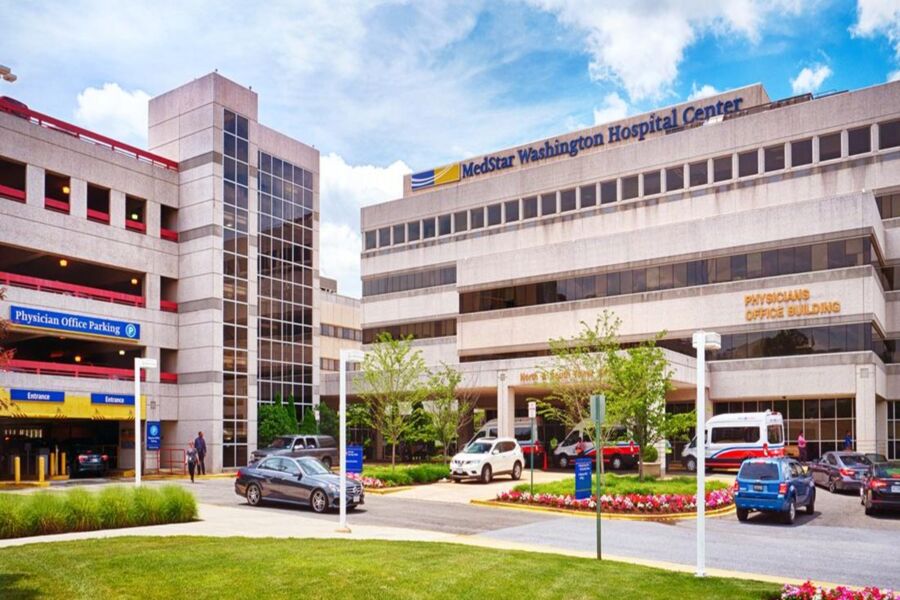
DC boasts top-notch hospitals and medical centers. George Washington University Hospital, near the White House, is a leading facility for emergency care. MedStar Washington Hospital Center is another excellent choice.
The city has several urgent care clinics too. These are great for less serious issues when you can’t see your regular doctor.
In a pinch, most hotels can help you find nearby medical help. And don’t forget – pharmacies like CVS and Walgreens are everywhere for minor health needs.
Understanding Natural Disaster Risks
DC faces some natural disaster risks, but they’re not as scary as you might think. Flooding is the main concern, especially near the Anacostia River. Heavy rains can cause issues in low-lying areas.
Hurricanes rarely hit DC directly, but their remnants can bring strong winds and rain. Winter storms sometimes cause power outages and travel problems.
The good news? DC’s emergency management team is always ready. They have plans for all sorts of scenarios. During any crisis, tune in to local news for the latest info and safety tips.
Frequently Asked Questions
Washington DC has its safe spots and tricky areas. Let’s dive into some key questions about staying secure in the nation’s capital. Here’s what visitors and locals alike often wonder about.
What are the safest neighborhoods in Washington DC for a worry-free stay?
Capitol Hill and Georgetown top the list of safe areas in DC. These spots have lower crime rates and lots of tourists. They’re great for sightseeing and shopping without much stress.
Dupont Circle is another good choice. It’s lively and full of cafes and bookstores. Foggy Bottom, home to George Washington University, is also pretty safe.
Can families enjoy a safe experience while living in or visiting Washington DC?
Families can have a great time in DC! The National Mall is perfect for kids. It’s full of free museums and open spaces.
The zoo is another fun spot that’s generally safe. Just keep an eye on little ones in crowded areas.
Many families like living in Upper Northwest DC. It’s quieter and has good schools.
What precautions should one take when exploring Washington DC during the nighttime?
Stick to well-lit areas at night. It’s smart to travel in groups too.
Keep an eye on your stuff, especially in busy places. Pickpockets like crowded spots.
Using ride-shares or taxis is safer than walking late at night in unfamiliar areas.
How has the safety landscape in Washington DC changed in recent years?
DC has gotten safer over time. Crime rates have dropped in many areas since the 1990s.
But some neighborhoods still have problems. The city works on improving safety all the time.
There’s more police presence in tourist areas now. This helps visitors feel more secure.
What are some lesser-known safety tips for travelers venturing to Washington DC?
Be careful with your phone on the Metro. Snatch-and-grab thefts can happen.
Learn the layout of the city before you go. It’ll help you avoid getting lost.
Check out local blogs for up-to-date safety info. They often have good tips.
What areas in Washington DC should be avoided for safety concerns?
Parts of Southeast DC can be risky, especially at night. Anacostia has a higher crime rate.
Some areas east of the Anacostia River are best avoided if you’re not familiar with them.

